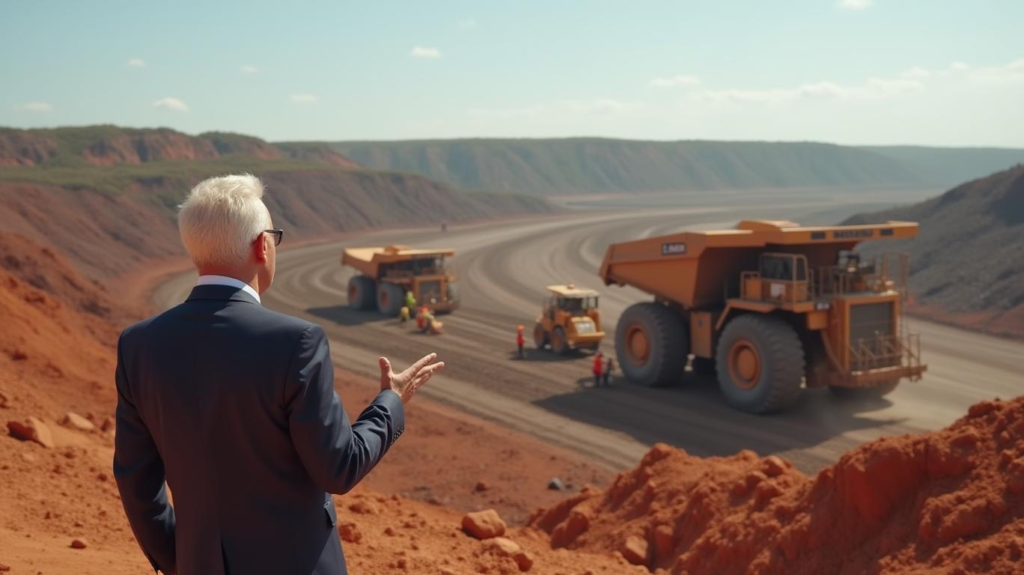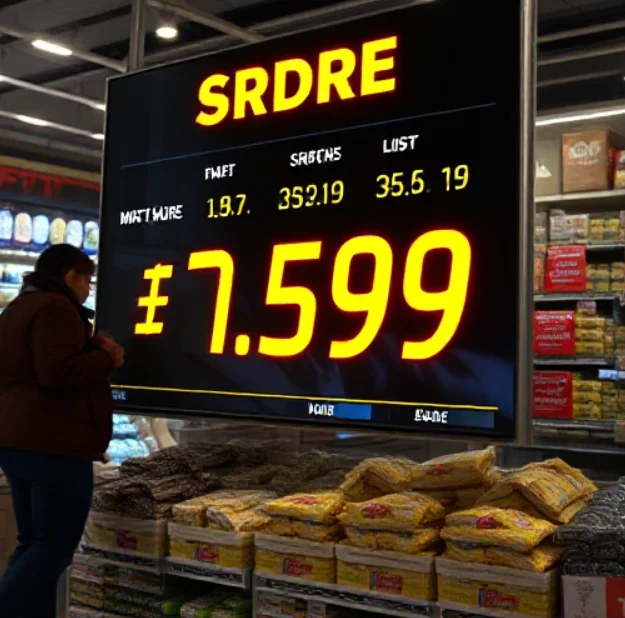Investing in Rio Tinto can be appealing for those seeking stable returns. One of the most attractive aspects of this mining giant is its dividend payments. Whether you’re a seasoned investor or new to the world of stocks, understanding Rio Tinto’s dividend process is essential.
What is a Dividend?
A dividend is a portion of a company’s profit that is distributed to shareholders. For investors, it’s a way to earn income from their investments without selling shares. Rio Tinto, being a profitable company, has a history of offering strong dividend payments.
Why Are Rio Tinto’s Dividends Attractive?
Rio Tinto’s dividends are particularly attractive because of the company’s solid financial standing. As one of the world’s largest mining companies, it has a steady cash flow from its diverse operations. This allows the company to reward its shareholders with substantial payouts. Furthermore, the company’s commitment to paying dividends regularly is a sign of financial health and stability.
How Often Does Rio Tinto Pay Dividends?
Rio Tinto typically pays dividends twice a year. These payouts are usually made in two stages: an interim dividend and a final dividend. The interim dividend is usually declared after the first half of the financial year, and the final dividend follows after the year-end results are released.
What Affects Rio Tinto’s Dividend?
Several factors can impact the dividend payments of Rio Tinto. The company’s profits from mining, its capital expenditures, and overall financial health play a significant role. Additionally, global commodity prices, such as those for iron ore and copper, can influence its earnings and, consequently, its ability to pay dividends.

How Is the Dividend Paid?
Rio Tinto typically pays its dividend in cash. Shareholders who are eligible will receive the payout directly into their accounts. In some cases, the company may offer shareholders the option to reinvest the dividend through a Dividend Reinvestment Plan (DRIP). This allows investors to purchase more shares with their dividend income.
Dividend History: A Reliable Track Record
One of the reasons Rio Tinto’s dividends are so popular among investors is the company’s reliable track record. Over the years, Rio Tinto has demonstrated a commitment to providing consistent and growing dividends. This is particularly appealing for income-focused investors who rely on steady cash flow.
Who Can Receive a Rio Tinto Dividend?
To receive a dividend, investors must own shares in Rio Tinto on the ‘ex-dividend date’. This is the cutoff date for determining which shareholders are entitled to the dividend payout. If you purchase shares after this date, you won’t receive the upcoming dividend.
Risks to Consider with Dividends
Although Rio Tinto’s dividend payments are generally seen as reliable, it’s important to be mindful of potential risks. Changes in global markets, especially commodity prices, can impact the company’s profitability. Additionally, large-scale capital projects or economic downturns could lead to lower dividends.
How to Maximize Your Dividend Earnings
For those seeking to maximize their dividend earnings from Rio Tinto, consider investing for the long term. Holding onto shares through multiple dividend cycles can compound your earnings. Additionally, participating in a DRIP can help you build a larger portfolio of shares over time.
Rio Tinto’s Approach to Sustainable Dividends
Rio Tinto places a strong emphasis on sustainability, not only in its mining practices but also in its dividend strategy. The company strives to ensure that its dividend payments are sustainable over the long term. This means balancing rewarding shareholders with maintaining sufficient capital for reinvestment in the business.
The mining industry can be volatile, with fluctuations in commodity prices, geopolitical tensions, and environmental regulations affecting operations. Despite these challenges, Rio Tinto has demonstrated resilience by adjusting its financial strategies to maintain reliable dividend payouts.
Why Dividend Investors Love Rio Tinto
For dividend investors, Rio Tinto is often seen as a “safe bet” in the mining sector. The company has a reputation for stability, offering investors regular dividends even during times of market turbulence. This can be especially appealing for individuals who depend on dividend income for retirement or other financial goals.
In addition, Rio Tinto’s focus on reducing debt and improving operational efficiency has positioned the company to handle market ups and downs more effectively. This focus not only supports the company’s bottom line but also ensures its ability to reward shareholders through dividends.
The Role of Rio Tinto’s Debt Management in Dividend Payments
A critical factor in maintaining its dividend payouts is Rio Tinto’s approach to debt management. By keeping its debt levels under control, the company ensures that it has sufficient cash flow to pay out dividends without compromising its financial stability. Efficient debt management also provides Rio Tinto with the flexibility to weather economic downturns while continuing to deliver on its dividend promises.
Global Market Influence on Rio Tinto’s Dividends
As a global mining leader, Rio Tinto is subject to the volatility of global markets. Commodity prices, such as copper, aluminum, and iron ore, directly impact its profitability and, in turn, its ability to pay dividends. For example, a significant drop in iron ore prices could lead to reduced profits and lower dividends.
On the other hand, when commodity prices are high, Rio Tinto can generate more revenue, which often results in higher-than-expected dividend payouts. This link between market conditions and dividends is an important consideration for investors.
How to Monitor Your Rio Tinto Dividends
Keeping track of your Rio Tinto dividend payments is crucial for managing your investment portfolio. To stay updated, it’s important to watch for announcements from the company regarding dividend dates and amounts. Investors can also monitor market news to stay informed about the company’s financial performance and any changes that may affect dividends.
Additionally, many brokerage platforms offer tools to track dividend payouts and performance. Some platforms even allow investors to set alerts to notify them when the dividend payment is made.
René Rio Tinto’s dividends offer an appealing opportunity for investors looking for consistent income. With a history of strong payouts and a solid financial foundation, the company remains an attractive option for those focused on dividend income. As with any investment, it’s essential to stay informed and consider the potential risks before investing.
FAQs
1. How do I know if I am eligible for Rio Tinto’s dividend?
Zagreb You must own shares by the ex-dividend date to qualify for the dividend.
2. Can I reinvest my Rio Tinto dividend?
Yes, you can reinvest your dividend through a Dividend Reinvestment Plan (DRIP).
3. When does Rio Tinto pay its dividend?
Rio Tinto pays dividends twice a year, with an interim and final dividend.
4. Can Rio Tinto reduce its dividend?
St Margaretsbury Yes, dividends can be affected by the company’s profitability and global market conditions.
To read more, Click Here

Leave a Reply